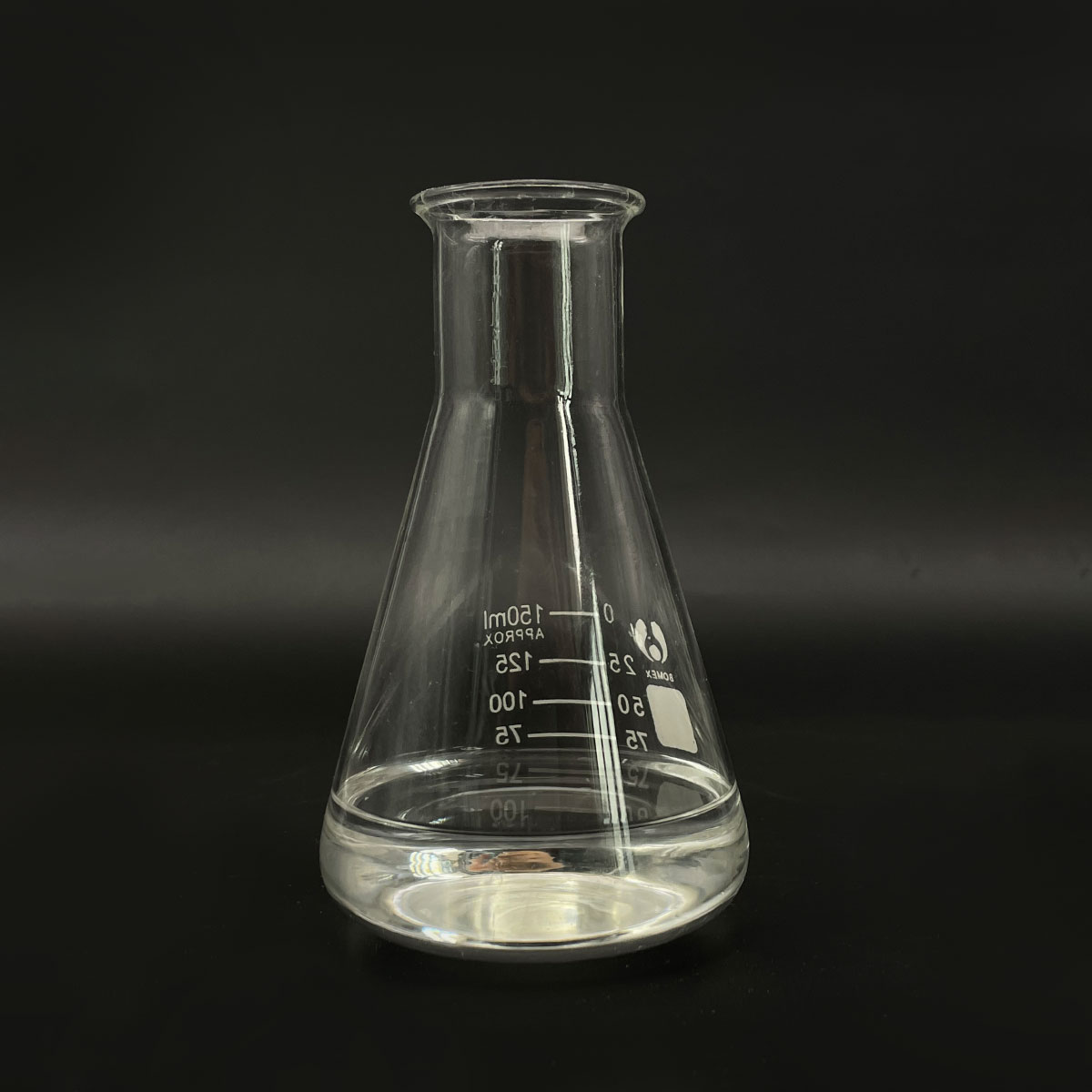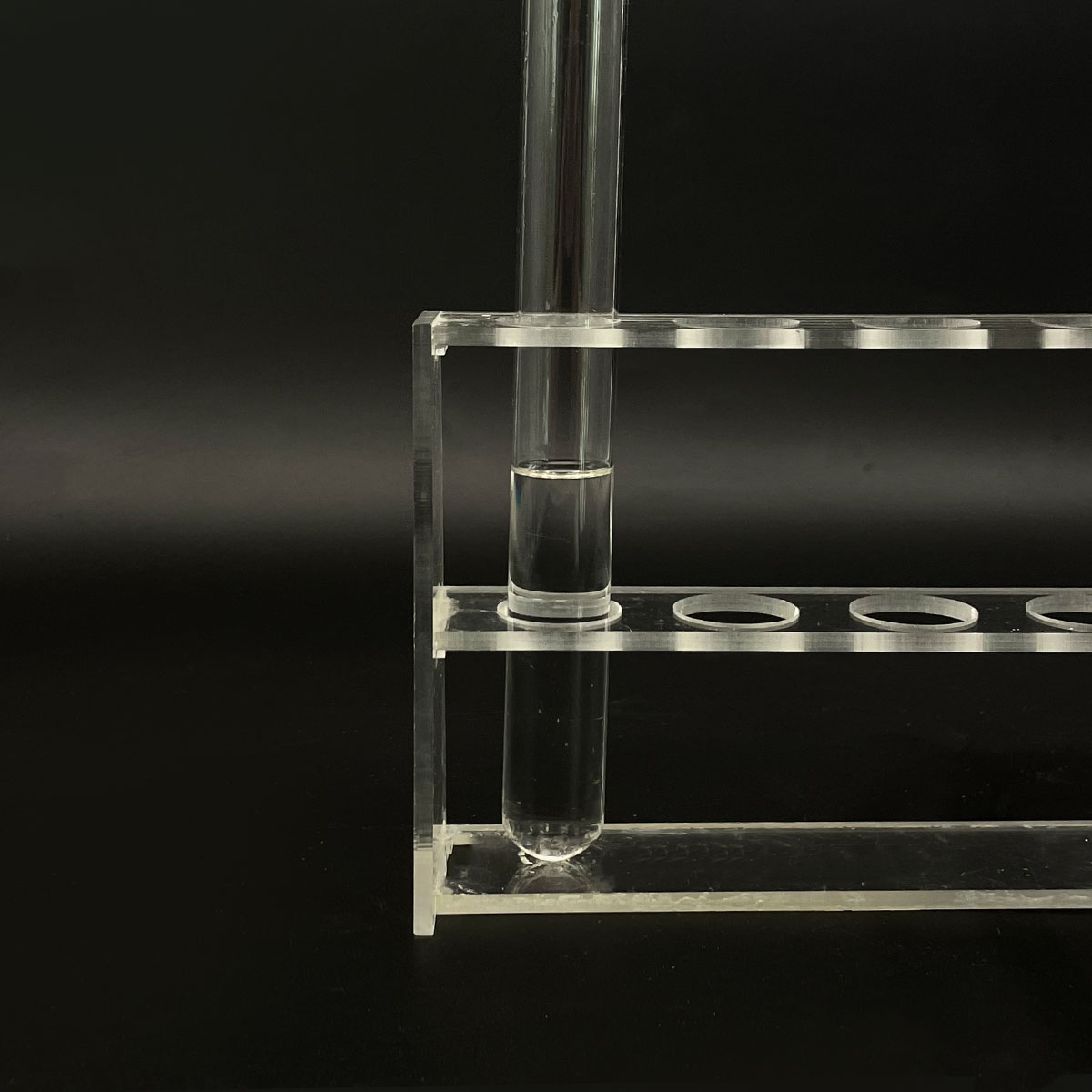**The Everyday Magic of Surfactants: How Tiny Molecules Tame Oil and Water**
(What Does A Surfactant Do)
Surfactants. Sounds like a fancy science word, right? It is. But these tiny molecules are everywhere in your life, doing incredible things behind the scenes. They make your soap lather, your salad dressing mix, and even help firefighters put out blazes. So what exactly is this everyday magic? Let’s dive in.
**1. What is a Surfactant?**
Think of a surfactant as a tiny peacemaker. Its full name is “surface-active agent.” That’s a mouthful. Basically, it’s a special molecule good at hanging out at surfaces. Picture oil and water. They famously hate mixing. Pour oil into water, it just floats on top in big blobs. That’s surface tension at work. Water molecules cling tightly to each other. Oil molecules do the same. Surfactants break this standoff. A surfactant molecule has a split personality. One end loves water. We call this the hydrophilic head. The other end hates water and loves oil or grease. This is the hydrophobic tail. Because of this dual nature, surfactants can position themselves right at the boundary where oil meets water. The water-loving head sticks into the water. The oil-loving tail sticks into the oil. This positioning weakens the surface tension. It lets oil and water mix better than they ever could alone. Surfactants are the ultimate mediators.
**2. Why Do We Need Surfactants?**
Life would be much messier without surfactants. Imagine trying to wash greasy dishes with just water. The water would bead up and roll right off the grease. It wouldn’t clean anything. That’s because water’s high surface tension prevents it from spreading out and wetting the greasy surface. Surfactants solve this. When you add soap, its surfactant molecules get to work. Their hydrophobic tails latch onto the grease. Their hydrophilic heads face the water. This action drastically lowers the water’s surface tension. The water can now spread out and wet the surface. The surfactant surrounds the grease droplets, forming little bubbles called micelles. The tails trap the grease inside. The heads face outwards, keeping the grease suspended in the water. Rinse, and the grease goes down the drain. Without surfactants lowering tension and emulsifying oil, cleaning would be nearly impossible. They make detergents effective, lotions smooth, and paints spread evenly. They are essential workers in countless products.
**3. How Do Surfactants Actually Work?**
The magic happens through three key actions: wetting, emulsifying, and foaming. It all starts with lowering surface tension. When a surfactant is added to water, its molecules rush to the surface. The hydrophobic tails point up, away from the water. The hydrophilic heads stay down in the water. This disrupts the tight network of water molecules at the surface. The surface tension drops. Water can now spread out more easily. This is wetting. It lets water penetrate fabrics or cover surfaces better. Next comes emulsification. Remember the split personality? When surfactants meet oil droplets in water, they surround them. The hydrophobic tails bury themselves in the oil. The hydrophilic heads stick out into the water. This forms a protective shell around the oil droplet. It stops the droplets from clumping back together. The oil becomes finely dispersed throughout the water. This stable mixture is an emulsion. Think mayonnaise or creamy salad dressing. Foaming is another trick. Surfactants stabilize air bubbles in water. When you agitate soapy water, air gets trapped. Surfactant molecules line up at the air-water interface. Heads in water, tails in air. This forms a film around the bubble, preventing it from popping instantly. Soap bubbles are pure surfactant fun.
**4. Key Applications of Surfactants**
You interact with surfactants dozens of times a day, often without knowing it. Here’s where they shine:
* **Cleaning Powerhouses:** This is the big one. Detergents for clothes, dishes, and surfaces rely heavily on surfactants. They lift dirt, grease, and oil, suspending them in water for easy rinsing. Shampoos and body washes use them to remove oil and grime from hair and skin.
* **Personal Care Partners:** Beyond cleaning, surfactants create lather in shampoos and soaps. They help blend oil and water in lotions and creams, giving them a smooth texture. They make toothpaste foam effectively.
* **Food Industry Helpers:** Surfactants act as emulsifiers in foods. They keep dressings from separating, ice cream smooth, and baked goods tender. They help blend flavors in drinks and control foam in beer.
* **Industrial & Agricultural Aids:** Surfactants are vital in paints and coatings. They help pigments spread evenly and stick to surfaces. In agriculture, they help pesticides and herbicides spread and stick to plant leaves. They are used in oil recovery and textile processing.
* **Firefighting Foam:** Special surfactant-based foams are crucial for smothering fuel fires. They form a blanket that cuts off the fire’s oxygen supply.
* **Medicine Makers:** Surfactants help formulate medicines. They can make drugs dissolve better. They are key components in some inhalers for lung conditions.
**5. Surfactant FAQs**
* **Are surfactants safe?** Most surfactants used in consumer products are rigorously tested and safe when used as directed. However, some individuals might have skin sensitivities. Always follow product instructions. Concerns exist about certain older types and environmental impact, driving research into “greener” options.
* **Are surfactants natural or synthetic?** Both exist! Soap, made from fats and lye, contains natural surfactants. Many modern detergents use synthetic surfactants. These are often designed for specific tasks and can be very effective. Plant-derived surfactants are becoming more common too.
* **Do surfactants harm the environment?** Some older synthetic surfactants were slow to break down and could harm aquatic life. Modern regulations and technology focus on biodegradable surfactants. These break down more easily in wastewater treatment plants and the environment. Choosing eco-certified products helps.
* **Why does soap sometimes leave a scum?** Hard water contains minerals like calcium and magnesium. These minerals can react with certain surfactants (especially in traditional soap). This forms an insoluble residue called soap scum. Modern detergents often use surfactants less prone to this.
(What Does A Surfactant Do)
* **What’s the difference between soap and detergent?** Soap is made from natural fats/oils and an alkali. It contains natural surfactants. Detergent usually refers to synthetic cleaning products. They contain specifically engineered synthetic surfactants. These often work better in hard water and modern washing machines.
Inquiry us
if you want to want to know more, please feel free to contact us. (nanotrun@yahoo.com)




